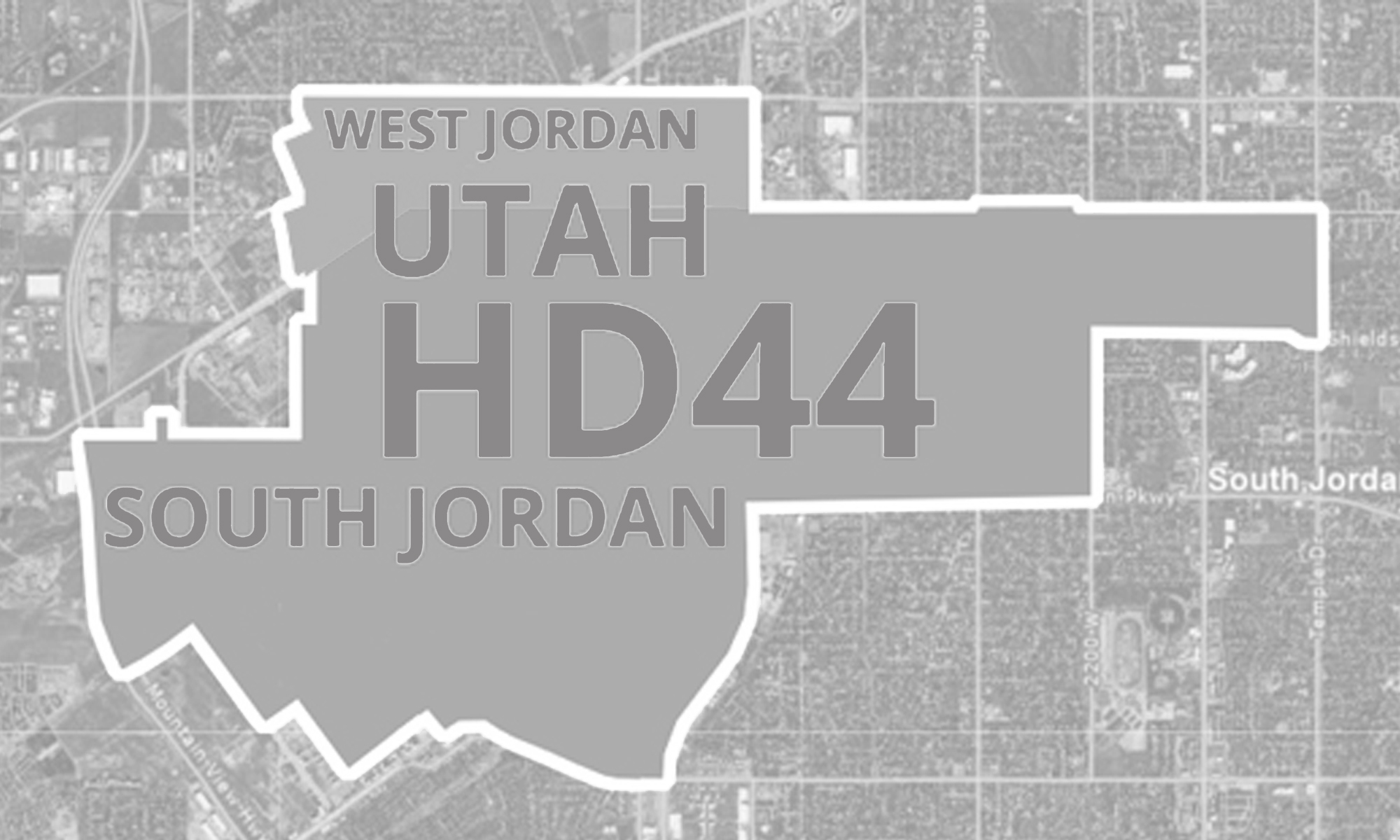According to the Utah Constitution, Utah voters can initiate any desired legislation and cause it to be submitted to the people for adoption.
In response to HB267 Public Sector Labor Union Amendments, Utah voters need to consider going all the way to change Utah’s constitution to become a right-to-organize state. We can work on language and support for restructuring Utah Title 34 similar to Michigan’s 2023 HB4004 that overturned their “right-to-work” law in favor of workers’ rights.
It’s important to note the difference between right-to-work laws and right-to-organize laws. Right-to-work typically focuses on the individual employee, and weakens collective bargaining power. Employees not covered by a union can be subject to at-will work agreements where employers can reduce workforce, lay-off and re-organize with no significant repercussions to the business, but devastating impacts to the employee. Additionally, employees often discover that loyalty to a company isn’t rewarded through commensurate advancement, pay or recognition because employees are treated like assets rather than an investment. In contrast, right-to-organize typically focuses on the fundamental right of workers to form unions and perform collective bargaining, and strengthens collective bargaining power.
If it’s a veto referendum for HB267 that the newly formed “Protect Utah Workers” PIC is pursuing, consider that they are doing the same work to gather signatures that a citizen’s initiative would require. We can collect signatures for both.
It’s worth noting that the Utah legislature didn’t follow Utah law when submitting its own amendments to the people last year. There were four constitutional amendments in 2024, and none followed state laws to appear on ballots. Two were challenged in the courts and ignored, but two unchallenged amendments remained for voters to weigh in on.
The supermajority in our Utah legislature believes that it isn’t beholden to anyone, and they have plans to keep scrapping with everyone, picking fights with the Feds, picking fights with Utah courts, and picking fights with Utah voters.
This time, we need to bring the fight to them.
References
Article 23 Amendment and Revision
https://le.utah.gov/xcode/ArticleXXIII/Article_XXIII,_Section_1.html
A constitutional amendment can be proposed by either chamber and is run via a joint resolution. The resolution must be approved by two-thirds of each body. If it is, then the question gets placed on the ballot for voters in the next general election.
Article 6 Legislative Department
https://le.utah.gov/xcode/ArticleVI/Article_VI,_Section_1.html
(1) The Legislative power of the State shall be vested in: (a) a Senate and House of Representatives which shall be designated the Legislature of the State of Utah; and (b) the people of the State of Utah as provided in Subsection (2).
(2)(a)(i) The legal voters of the State of Utah, in the numbers, under the conditions, in the manner, and within the time provided by statute, may: (A) initiate any desired legislation and cause it to be submitted to the people for adoption upon a majority vote of those voting on the legislation, as provided by statute; or (B) require any law passed by the Legislature, except those laws passed by a two-thirds vote of the members elected to each house of the Legislature, to be submitted to the voters of the State, as provided by statute, before the law may take effect.
